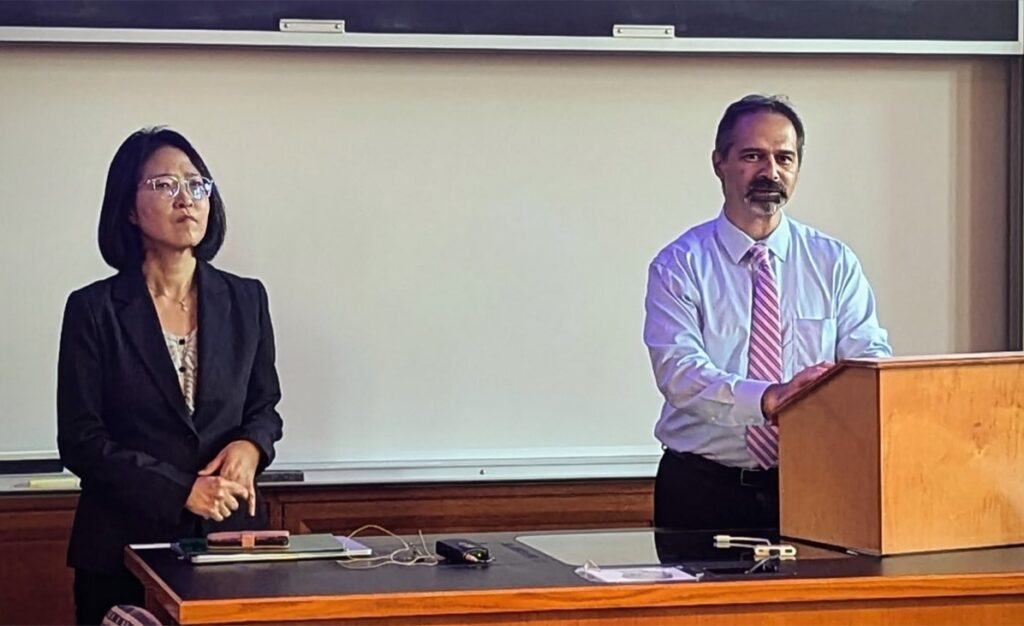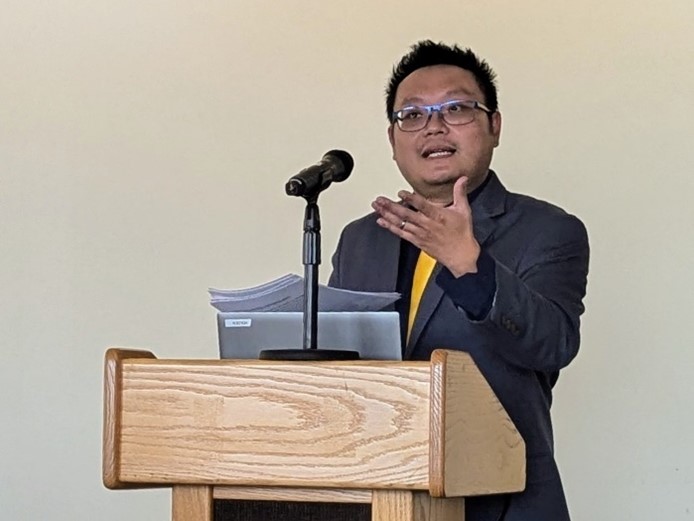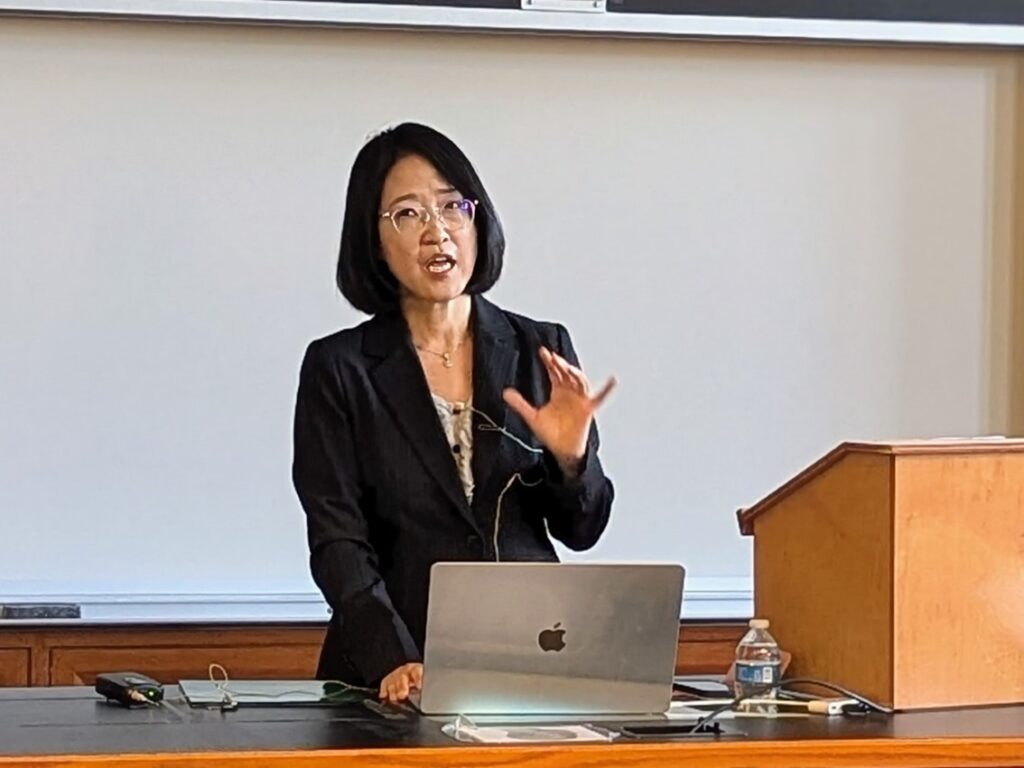When discussing medical history, it is common for narratives to focus predominantly on Europe and America — yet doing so misses large, rich parts of medical history. Spotlight on East Asia was a two-day speaker series focusing on medical history in East Asia (specifically China, Japan, and Korea), and was hosted by Becker Medical Library at the School of Medicine and the Department of East Asian Languages and Cultures on Danforth campus.
The first part of the speaker series took place at Becker Library on October 8th, with a focus on eyes and ophthalmology. The morning speaker Dr. Wayne Tan started with his talk, “Blindness in Early Modern Japan: How, Why, and Perspectives for the History of Medicine,” which examined Japanese culture and society through the lens of blind people living during the early modern period. In addition to discussing some of the depictions of medicine and blindness in art, he also talked about the roles blind people had in Japanese society and the kind of jobs they occupied, as well as the type of institutional and societal support they may have received.
Dr. Wayne Tan is an Associate Professor of History at Hope College
In the afternoon, Dr. Susan Brownell gave her talk, “’Oriental Eye’: Anthropology, Ophthalmology, and Cosmetic Surgery.” She discussed how people in China perceive their own eye phenotypes and physical traits as opposed to how they are seen in Western cultures, and the racialization of East Asian eyes during the nineteenth through twentieth century. Dr. Brownell also addressed historical and contemporary beauty standards regarding the eyes in China and the common Western misconception that European eyes are seen as the beauty standard, as told through the lens of cosmetic eye surgery.

The lecture series on East Asian medical history continued on Danforth campus a few days later on October 10th and was sponsored by the Department of East Asian Languages and Cultures. Dr. Soyoung Suh gave her talk “Radiotherapies for Women in Korea, 1930s-1970s.” Her presentation looked at women’s magazines, medical journals, and newspapers to see how Koreans initially reacted to new X-ray technologies (notably the use of the Cobalt-60 radioisotope) and their medical application, and how they shaped the experience of female patientcare. Dr. Suh then discussed the harms of such treatments, as documented through various court records.
Dr. Imran Zoberi, WashU professor of radiation oncology at the Medical School, contextualized some of Dr. Suh’s presentation with his follow-up talk on radiation therapies for cancer and the development of such technology in the United States.

Missed the event? Recordings are available for the following talks:
“Blindness in Early Modern Japan: How, Why, and Perspectives for the History of Medicine” by Wayne Tan, PhD, Associate Professor of History, Hope College
“‘Oriental Eye’ – Anthropology, Ophthalmology, and Cosmetic Surgery” by Susan Brownell, PhD, Professor of Anthropology, University of Missouri-St. Louis
Interested in East Asian medical history? Learn more with Becker’s current exhibit, “Adapting Knowledge: How Medicine Evolved Through Global Exchange.”
Medical history is often framed in terms of geographic area, but the advancement of medical knowledge did not occur in isolation. Different cultures have always brushed up against each other — through trade, war, immigration, and other factors — and medicine followed along these paths.
The intellectual exchanges of the early modern world shaped medical theory and practice. This exhibit features selections from Becker’s rare books collections to illustrate how medical ideas travel and adapt, and to show how cross-cultural dialogue spurs innovation.
The exhibit is up now through January and is on display on the seventh floor of Becker Library on the Medical Campus.



